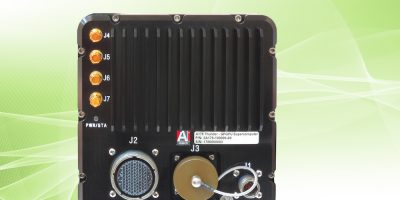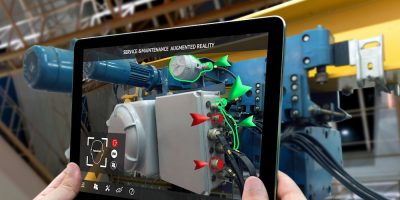Aitech has joined the Nvidia Partner Network as a Preferred Solutions Integration partner. This means the company can continue developing artificial intelligence (AI) at the edge solutions across multiple industries, said Dan Mor, GPGPU and HPEC product line manager at Aitech. “With our expertise in mission-critical, rugged electronics, Aitech is bringing this powerful processing capability to a wide range of military, defence and space applications,” he added.
The Nvidia Xavier-based A178 Thunder AI system has 512 CUDA cores (twice as many as Jetson TX2-based systems) and 64 Nvidia Tensor Cores, which amplify the matrix processing of large data sets by enabling higher levels of computation with lower power consumption, explains Aitech. The AI system can handle up to 32 trillion operations per second (TOPS) to provide local processing of high volumes of data closest to system sensors. This represents a 10x increase over initial testing of prior generations of GPGPU-based systems.
The A178 Thunder weighs less than 5.5lbs, or 2.5kg and measures 8.5 x 3.2 x 6.8 inches (approximately 216 x 81 x 173mm). It is SWaP-optimised and is suitable for a number of military and defence applications, such as distributed computing and signal processing in next-generation autonomous vehicles as well as surveillance, targeting and electronic warfare (EW) systems.
The A178 is supported by the EV178, Aitech’s evaluation board that allows embedded engineers to develop and port AI applications to the high performance, rugged Xavier-based AI system.







